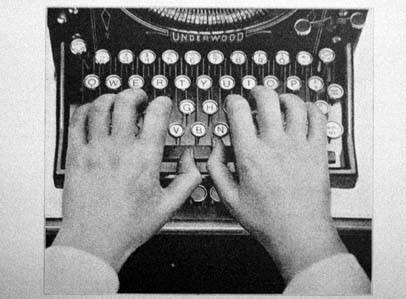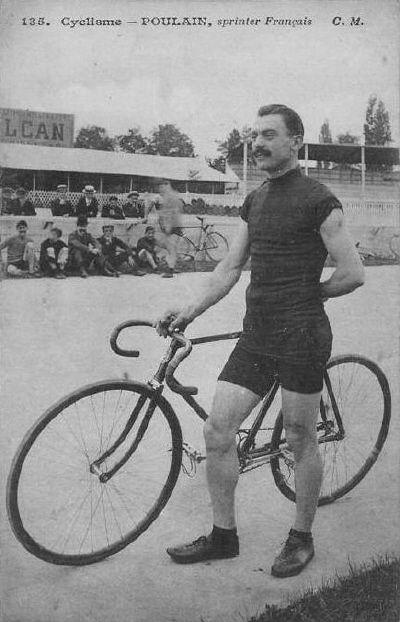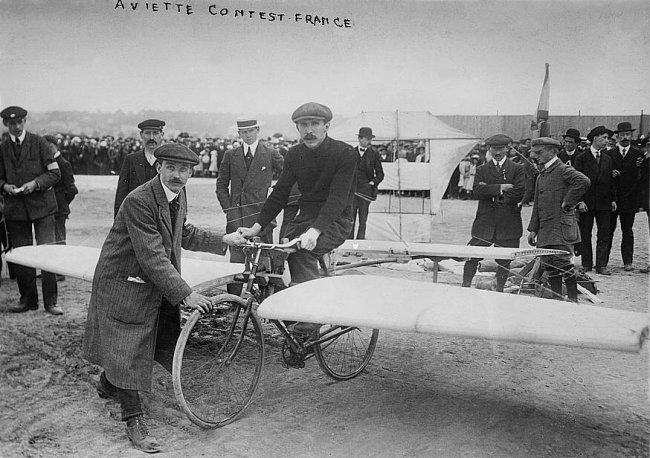I dreamt once of an Earth grown too hot, but is it just a dream? If the climate changes, then so does everything. From Thomas Jones in the London Review of Books:
“The facts, rehearsed so often, for so long and to so little effect, nonetheless bear repeating. The greenhouse effect was first hypothesised in 1824 by Joseph Fourier – though his analogy was the bell jar rather than the greenhouse – and proved experimentally by John Tyndall in 1859. In the 19th century it could be seen as unambiguously a good thing: if carbon dioxide and other trace gases didn’t trap heat in the atmosphere, the earth wouldn’t be warm enough to support life as we know it. But there is now far more carbon dioxide in the atmosphere than there has been at any point in the last 800,000 years (we know this because researchers have analysed air bubbles trapped in the ice in Greenland and Antarctica: the deeper you go, the older the bubbles). The concentration has increased from nearly 320 parts per million (high, but not unprecedented) in 1960 to more than 390 ppm today, 30 per cent higher than any previous peak, largely as a result of human activity. Not even the most fervent climate change denier can argue with the fact that burning carbon produces carbon dioxide: before the Industrial Revolution, atmospheric carbon dioxide levels were 280 ppm. Since 1850, more than 360 billion tonnes of fossil fuels have gone up in smoke. Average global temperatures have risen accordingly, for the last quarter century pretty much in line with the predictions made by the Intergovernmental Panel on Climate Change in its first assessment report (1990). Almost every year since 1988, when the IPCC was established, has been the hottest ever recorded. The most optimistic projection, which governments are nominally committed to (that’s to say, the signatories of the Copenhagen Accord in 2009 agreed it would be nice), is that the average global temperature will rise no more than 2ºC by the end of the century. Sea level has risen 6 cm since 1990. The IPCC’s fourth assessment report (2007) projected that it would rise between 18 and 59 cm by 2100. According to a more recent study, it could be anything from 33 to 132 cm.
The question of how to prevent climate change – we’re way past that point now – has morphed into the question of how to slow it down. There’s no shortage of theoretical answers about the best way to pump fewer greenhouse gases into the atmosphere, or suck more of them out, or lower the temperature by other means. (Another week, another book about climate change: the mood optative, the structure evangelical; threats of doom followed by promises of salvation, punctuated by warnings against false prophets.) And yet carbon emissions, temperatures, sea level and the frequency of extreme weather events just keep on going up. Which leads to another, perhaps even more urgent question: if climate change is not only inevitable but already underway, how are we to live with it?”

































